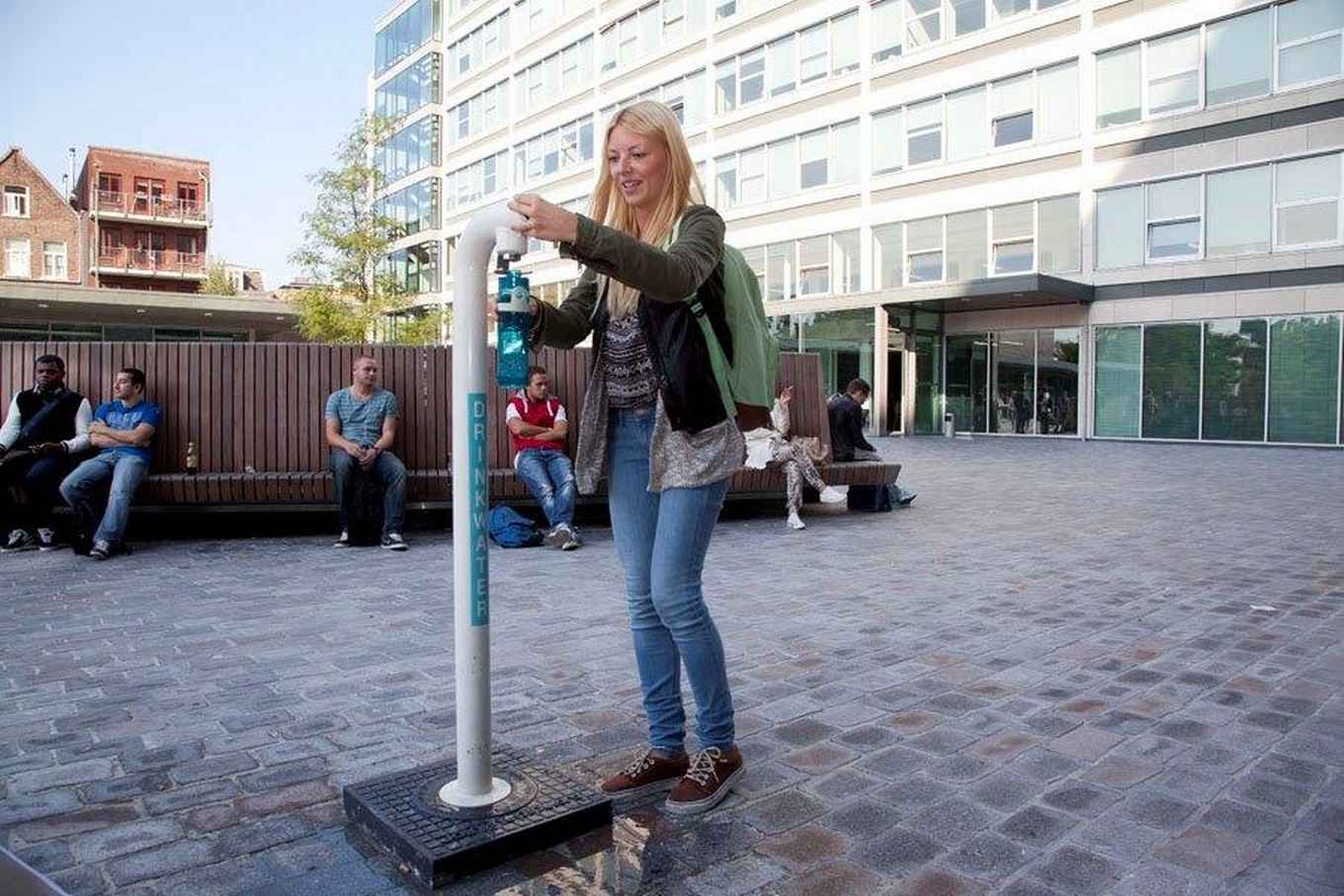Sustainability
Sustainability is key to the university's accommodations policy, and a pillar of the Accommodations Plan. Like other Dutch universities, the UvA has committed itself to Long-Term Agreements (Meerjarenafspraken, or MJA) on Energy Efficiency. As a part of these agreements, the UvA has formulated the following objectives:
- 30% improvement in energy efficiency by 2020 relative to 2005, breaking down to 2% annually;
- 40% CO2 reduction in 2025;
- formulation of a strategic vision (roadmap) for 2030, to outline steps to achieve a 50% improvement in energy efficiency by 2030 relative to 2005.
Construction
Extensive construction work is planned for the years ahead. All decisions on new building and renovation projects are guided by the objective of maximum sustainability in construction and use.
The UvA defines sustainable construction as follows: ‘Development and management of the built environment with due respect for people and the environment. Energy efficient construction is a key facet of sustainable building. Other considerations include a healthy indoor environment, the choice of materials, judicious use of raw materials to prevent depletion and responsible water use. Further key concerns alongside environmental impacts is the health and well-being of people in, at and around the built environment.’
As such, the UvA takes a long-term view when considering building projects. Optimum efficiency in square metreage contributes to minimising both CO2 emissions and impacts on the environment. The sheer size of old landmark buildings, which makes it relatively easier to adapt them to new uses, tends to be make them more sustainable than new buildings.
Campuses
The UvA’s city centre site are mainly renovated landmark buildings. Renovation is preferable from a sustainability standpoint as this means the life of the buildings is extended. The Roeterseiland Campus is a good example of sustainable urban redevelopment. Instead of demolishing buildings, the university has opted to retain and renovate the former complex in its entirety and develop it into a sustainable campus.
